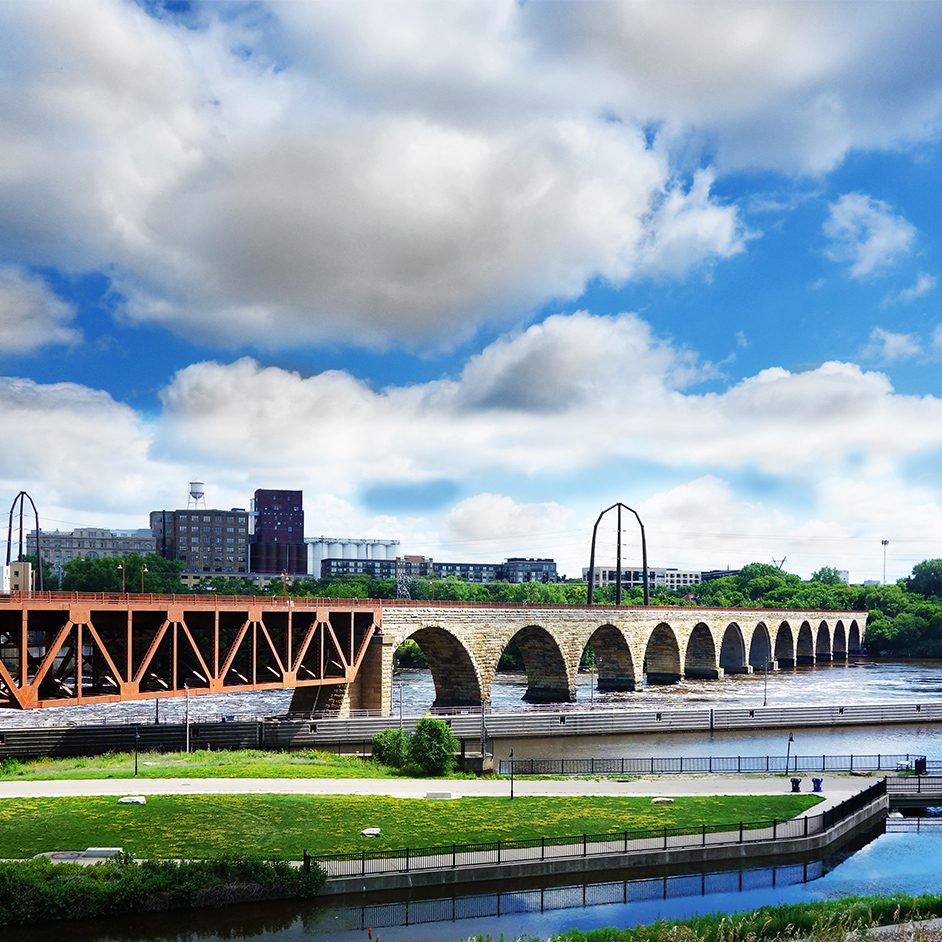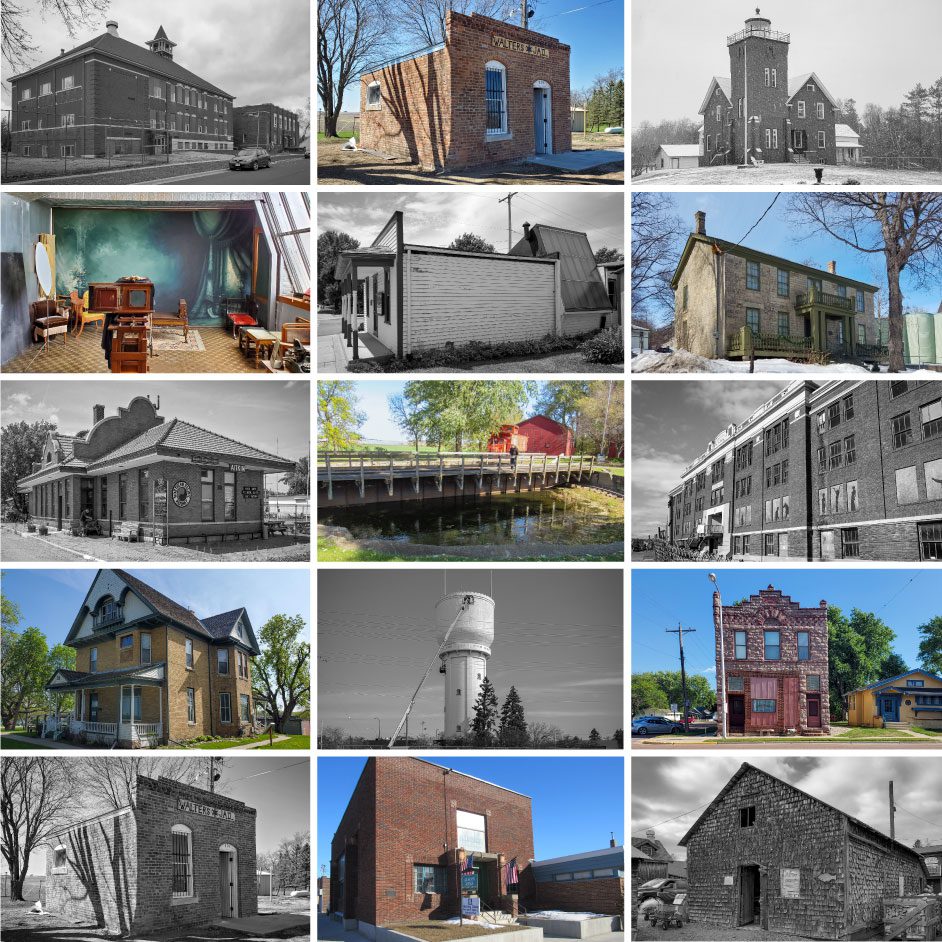
We like it when old buildings get a new lease on life. Reconfigured to serve a new purpose, these old structures find purpose again — for work, play, shopping, and more.
When adaptive reuse is paired with preservation, communities also get a glimpse of the past, often resulting in a sense of civic pride. It’s recycling at its best, coaxing fresh economic value and aesthetic delight from an underutilized building.
LHB’s experience with adaptive-reuse projects like the Duluth Armory, scheduled to begin construction this summer, has given us deep insights into the challenges and rewards that come with preservation work. The lessons learned by our designers have been hard-won, but they’ve also served us well as we help clients and communities navigate historic redevelopment projects.
For organizations and individuals interested in historic redevelopment, here’s a blueprint to get through the roadblocks:
CREATE A VISION
Ideas for how to reuse the historic Duluth Armory, a 102,000 SF structure built in 1915 as a home for the National Guard, have been floated since the city slated the structure for demolition in 2001. (Sold to the city in the late 1970s, the building housed Duluth’s public works department for several years.) The city liked the vision of the nonprofit Armory Arts and Music Center (AAMC), to turn the building into an arts and music center, and sold the facility to the AAMC in 2003. The AAMC understood there needed to be an economic driver as part of the project to make it economically sustainable. That piece proved challenging as hotels, housing, retail, and several other options were looked at by various developers. Eventually a vision for a public market, food hall, and community gathering space formed and gained traction within the community.
FIND COMMITTED PARTNERS
Adaptive reuse requires the cooperation of many groups, including developers, designers, community advocates, and others. AAMC worked with several developers over the years, but nothing came of the partnerships until Sherman Associates signed on to develop the project in 2021. Sherman Associates embraced and enhanced the AAMC’s vision, and the project now includes an entertainment venue, a food hall, artists’ studios, a music school, and a commercial kitchen for community use. LHB, which had a long familiarity with the building, was retained to do design work.
ANTICIPATE STRUCTURAL ISSUES
LHB is headquartered in Duluth, and over the years our staff had been called in by the city and AAMC to assist with repairs to the aging building. All too often, adaptive reuse begins with fixing damage — and uncovering problems that weren’t anticipated. Going forward means stepping back. The armory, for example, sustained heavy water damage in 2012, when Chester Creek, which flows under the building, breached its culvert and flooded the basement level. In addition to designing structural repairs after the flood, LHB has evaluated several other problems with the building and is currently working on design of roof repairs.
TAKE ADVANTAGE OF HISTORIC PRESERVATION FUNDING SOURCES
Nonprofits seeking funds for work on historic structures may be eligible for grants and tax credits. In Minnesota, organizations can apply for Minnesota Historical and Cultural Heritage grants, also known as Legacy grants, to fund preservation work. They may also be eligible for federal and state historic-preservation tax credits, which can fund up to 40 percent of costs connected with preservation. (Funding can only be used on aspects of the work related to preservation, however.) The Duluth Armory project will be funded in part by both grants and tax credits.
EXPECT A MARATHON, NOT A SPRINT
Adaptive reuse projects often take years to complete as developers come and go, structural problems cause delays, governments review plans, and details related to historic preservation standards are worked out. AAMC Executive Director Mark Poirier notes that it required two decades of diligence and commitment to see construction start on the Duluth Armory rehabilitation. Currently, the project is scheduled to open in early 2026.
RALLY COMMUNITY PRIDE AND SUPPORT
Citizens feel proud of their past, and they’re often sad to see local landmarks fall to the wrecking ball. Buildings house memories — even if it’s just the recollection of seeing them on a walk or drive. If you’re leading the charge on an adaptive reuse project, find ways to rekindle those memories and focus on why preserving the past is vital to community pride. In Duluth, the armory was the site of drills, concerts, and civic gatherings over many years, and its exterior is well-known to people who live or work in downtown Duluth. To raise interest, enthusiasm, or even dollars for your adaptive reuse project, get the word out. You’ll be surprised by the support you get from unexpected places. ■
Phil Waugh leads the historic preservation team at LHB. For inquiries about adaptive reuse and historic development, contact him at phil.waugh@lhbcorp.com. To learn more about our work in this area, visit LHB’s Historic Preservation page or browse through some of our past projects.


